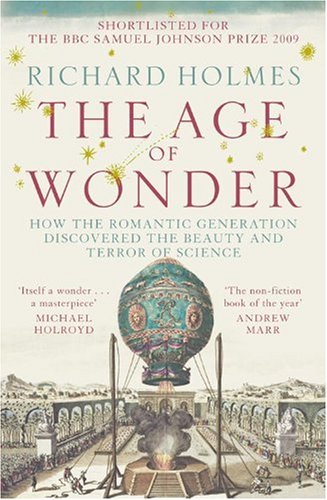Hello all,
As some of you would already be aware Mr. Charles Dickens celebrates his 200th anniversary this year (February 7, 1812).
To this end we will be conducting monthly (more or less) discussions focusing primairly on his novels (...as we may introduce a seperate short story thread in this section and possibly one other featuring his travelogues etc. ).
I will basically be following his major works to the best of my abilities in chronolgical order, with the next work to be announced by the end of this week and posted by mid February. Having said that I do not intend to 'lock' any of the Dickens reading threads and therefore members will always have an opportunity to return to earlier books to post their thoughts throughout the year.
First off the rank then is Sketches By Boz (produced during the period 1833 - 36).
I myself have never read this before and recently accquired a vey attaractive looking Pengiun black classic edition featuring the orignal illustrations by George Cruikshank. If you can obtain a copy that includes Cruikshank's orignal drawings I would urge you to do so as they really do add to the overall narrative.
I apologise that I have not had time to better prepare a preamble on this work, so I have pulled something off wiki just to provide you with a basic idea of what the book is about.
Sketches by "Boz," Illustrative of Every-day Life and Every-day People (commonly known as Sketches by Boz) is a collection of short pieces published by Charles Dickens in 1836 accompanied by illustrations by George Cruikshank. The 56 sketches concern London scenes and people and are divided into four sections: "Our Parish", "Scenes", "Characters", and "Tales".
The material in the first three of these sections is non-fiction. The last section comprises fictional stories. Originally, the sketches were published in various newspapers and periodicals from 1833-1836.
I aim to start posting some comments by the end of this week but feel free to start now.
Cheers.
As some of you would already be aware Mr. Charles Dickens celebrates his 200th anniversary this year (February 7, 1812).
To this end we will be conducting monthly (more or less) discussions focusing primairly on his novels (...as we may introduce a seperate short story thread in this section and possibly one other featuring his travelogues etc. ).
I will basically be following his major works to the best of my abilities in chronolgical order, with the next work to be announced by the end of this week and posted by mid February. Having said that I do not intend to 'lock' any of the Dickens reading threads and therefore members will always have an opportunity to return to earlier books to post their thoughts throughout the year.
First off the rank then is Sketches By Boz (produced during the period 1833 - 36).
I myself have never read this before and recently accquired a vey attaractive looking Pengiun black classic edition featuring the orignal illustrations by George Cruikshank. If you can obtain a copy that includes Cruikshank's orignal drawings I would urge you to do so as they really do add to the overall narrative.
I apologise that I have not had time to better prepare a preamble on this work, so I have pulled something off wiki just to provide you with a basic idea of what the book is about.
Sketches by "Boz," Illustrative of Every-day Life and Every-day People (commonly known as Sketches by Boz) is a collection of short pieces published by Charles Dickens in 1836 accompanied by illustrations by George Cruikshank. The 56 sketches concern London scenes and people and are divided into four sections: "Our Parish", "Scenes", "Characters", and "Tales".
The material in the first three of these sections is non-fiction. The last section comprises fictional stories. Originally, the sketches were published in various newspapers and periodicals from 1833-1836.
I aim to start posting some comments by the end of this week but feel free to start now.
Cheers.




